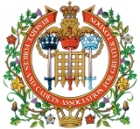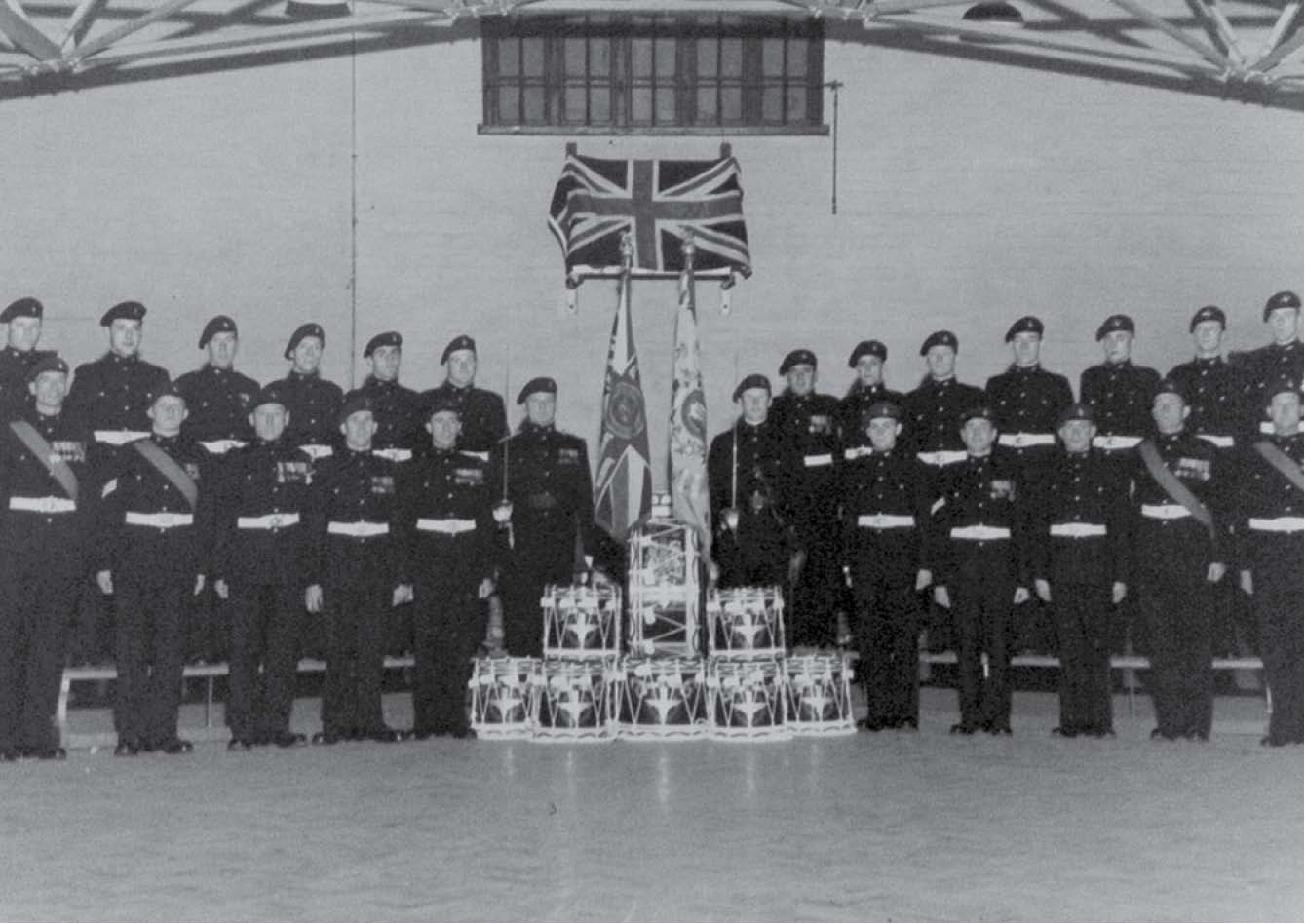Landmark Events
London's Reserve Forces: A Chronological Record of Notable EventsRecruiting begins for the new London Division of the Royal Naval Volunteer Reserve, reaching 700 by the end of the month.
Haldane's Territorial & Reserve Forces Act is put before the House of Commons, receiving the Royal Assent on 2nd August 1907.
The First Aid Nursing Yeomanry is formed.
The London Regiment is formed as an independent infantry Regiment (all other TF units became part of their parent regular Regiment).
On 19th June at Windsor Great Park, King Edward VII presents Colours to 12 Yeomanry and 96 Battalions of Territorial Infantry.
Voluntary Aid Detachments formed for women to act as ambulance drivers and Nursing Auxiliaries.
On 3rd February, the 7th Battalion The Duke of Cambridge's Own (Middlesex Regiment) at Hornsey declared 90% of its members volunteering for overseas service and became the first unit to add ‘Imperial Service' to its title in the Army list.
The Royal Naval Division depot is opened at The Crystal Palace.
Private Fred Kitchener of the 7th Battalion The Duke of Cambridge's Own (Middlesex Regiment) is killed in action aged 16.
All London Regiment Battalions come under the command of a Regular Brigade.
Armistice in the Middle East.
The Unknown Warrior is laid to rest in Westminster Abbey. At one stage of the journey from the Battlefield, the Pall Bearer representing the Infantry came from the 21st (County of London) Battalion, The London Regiment (First Surrey Rifles).
The London Air Defence Organisation is formed.
The Auxiliary Air Force is formed with two squadrons in London. These are 600 (City of London) Squadron with Town HQ at Finsbury Barracks, and 601 (County of London) Squadron with Town HQ at 54 Kensington High Road. Both units conduct flying training at RAF Hendon.
The Territorial Army is embodied for 90 days during the general strike.
604 (County of Middlesex) Squadron Auxiliary Air Force formed at RAF Hendon with Town HQ at Browheath Hampstead.
615 (County of Surrey) Squadron Auxiliary Air Force is formed at RAF Kenley.
Precautionary embodiment of the TA anti-aircraft units during the Munich crisis.
The full mobilisation of Reserves for WW2 is announced on 1st September.
Recruiting begins for the Local Defence Volunteers (later the Home Guard).
The Home Guard are stood down.
Victory over Japan is declared on 15th August.
Formation of the 16th Airborne Division (TA).
Formation of the RMR in London marked by a parade at Finsbury Barracks.
The Auxiliary Air Force is reformed and re-titled The Royal Auxiliary Air Force in recognition of service in WW2.
11th Battalion The Parachute Regiment provide a Street-Lining detachment for the Coronation on 2nd June.
Anti-Aircraft command disbanded on the 10th March.
Royal Auxiliary Air Force is reformed with no flying commitments.
16 Airborne Division reduced to Brigade strength with the title 44 Airborne Brigade.
131 Airborne Engineer Regiment becomes the largest parachute trained unit in the British Army.
On 22nd June, to mark the occasion of the Golden Jubilee of the Territorial Army, The Queen Reviews 8,000 Territorial soldiers from all over the UK in Hyde Park.
The Territorial Army Emergency Reserve (TAER) is formed and is known as the ‘Ever Readies.'
A composite company of the Territorial Emergency Reserve is mobilised for internal security duties with the Regular Army in Aden.
‘Ever Ready' Officer Lieutenant Jock Smith based at Hornsey is awarded the MC for gallantry in Aden – the first such award to a Volunteer Reservist since WW2.
The Army Successor Warrant deleted all mention of The London Regiment of 1908.
TAVR reverts back to Territorial Army.
HMS FITTLETON, crewed by RNR personnel from HMS PRESIDENT, sinks in the English Channel with the loss of 12 Reservists.
Exercise 'Crusader' involving the biggest ever deployment of NATO Roled Units to Germany.
75th Anniversary of the Territorial Army.
Home Defence Exercise ‘Brave Defender' starts 21st March.
Formation of the Home Service Force with 7 Companies attached to TA Units in Greater London.
The new London Regiment created.
Royal Observer Corps disbanded.
First use of 1996 legislation comes into effect on 11th October with personnel from 3(V) Military Intelligence Battalion compulsory mobilised.
HMS PRESIDENT marks the centenary year of the RNR with a review on Horse Guards.
Future use of Reserve Forces White Paper is published on 7th February.
The TA and RFCA Celebrate their Centenary.
City of London Marine Dan Holder is awarded the American Bronze Star for services in Afghanistan.
Territorial Army re-titled The Army Reserve.
On 28th June, a drumhead service in the presence of HM The Queen, was held at the Royal Hospital Chelsea to commemorate the centenary of the assasination of Archduke Franz Ferdinand that ultimately led to the outbreak of World War One.
2018
2023

